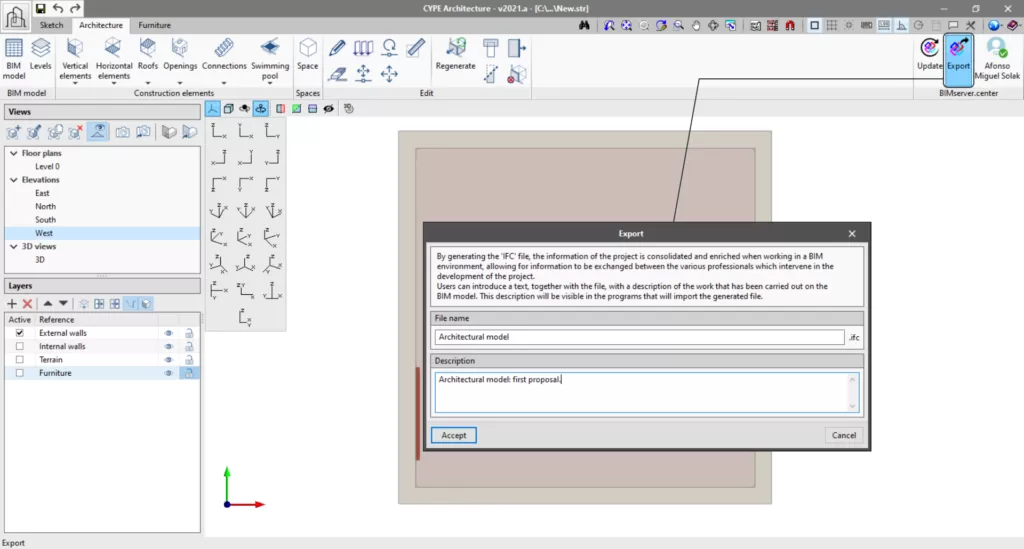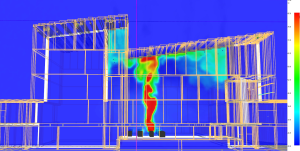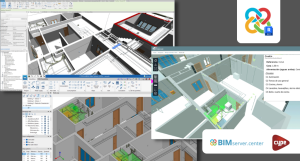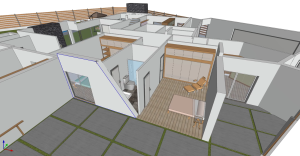If your aim is to use the model of the building that you have created with CYPE Architecture to perform thermal and acoustic analysis in programs such as CYPETHERM or AcouBAT by CYPE, we recommend that you complete the following steps to optimise the model:
It is important to remember that thermal and acoustic analysis programs work with analytical models. The analytical model has a structure that works using spaces, surfaces, edges and junctions, as well as the adjacencies between surfaces and belonging to spaces, whilst the architectural model works with construction elements made up of walls, slabs, roofs, etc.
In order to prepare our building for thermal and acoustic analysis programs, Open BIM Analytical Model must be used.
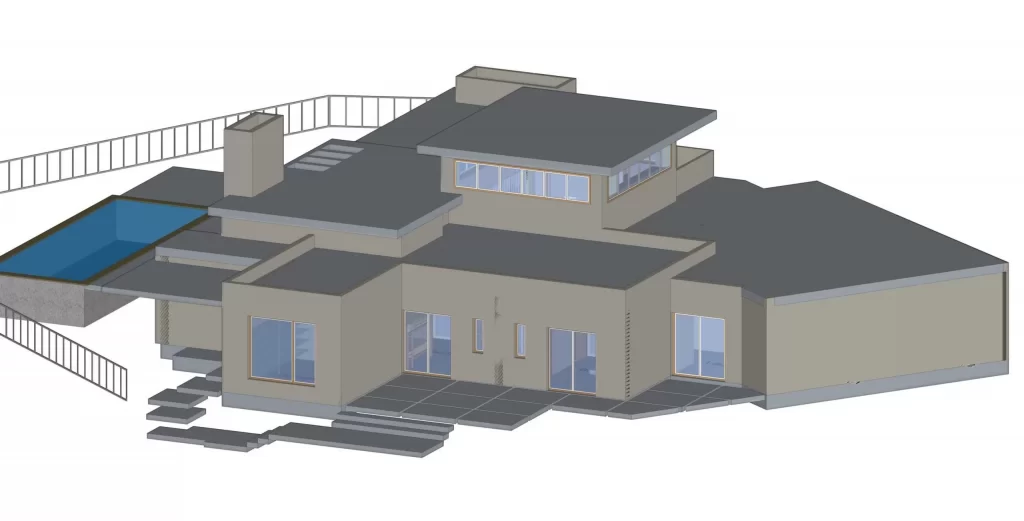
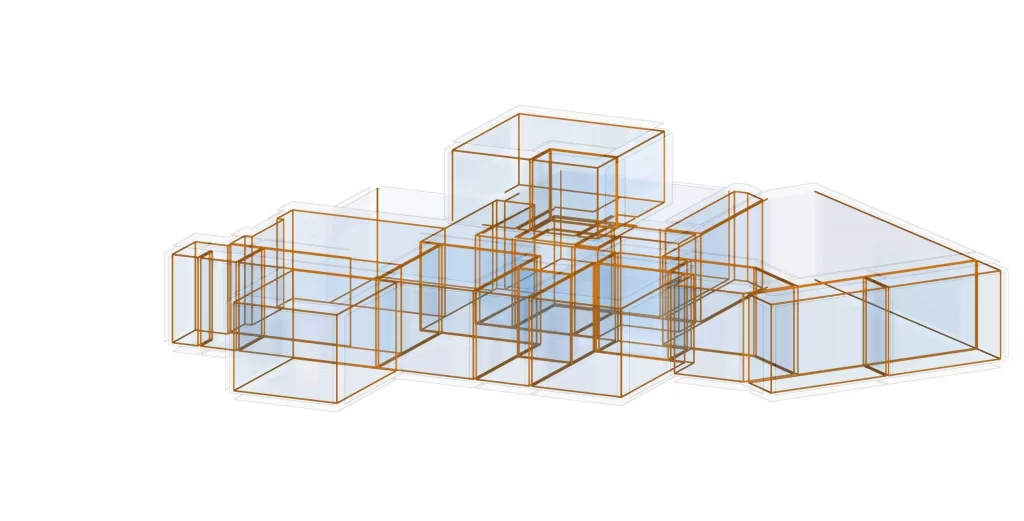
In order for Open BIM Analytical Model to correctly interpret an architectural model developed in CYPE Architecture, we must ensure the following:
Create levels
Levels allow us to identify the main heights of the building, which in general correspond to the floor plans. In order for our model to be read correctly in Open BIM Analytical Model, we must make sure that all the levels have been created.
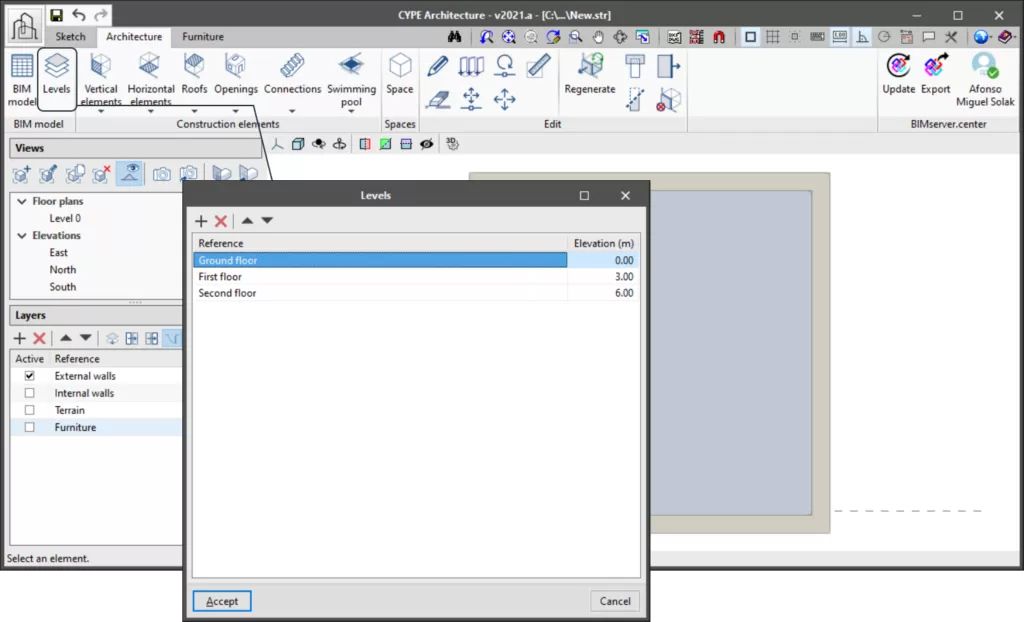
Create spaces

Spaces are fundamental both for defining the geometric model (e.g. to obtain a list of quantities) and to generate the analytical model.
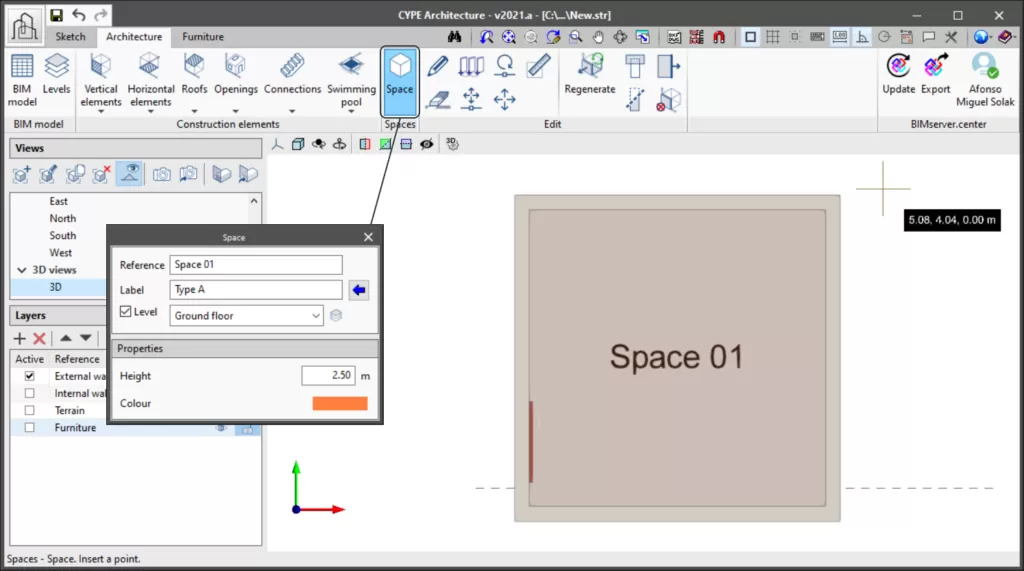
So that Open BIM Analytical Model can correctly read your building, you must confirm that you have created spaces that also comply with following conditions:
Be associated to levels
All spaces must have an associated level or they will not be read by Open BIM Analytical Model.
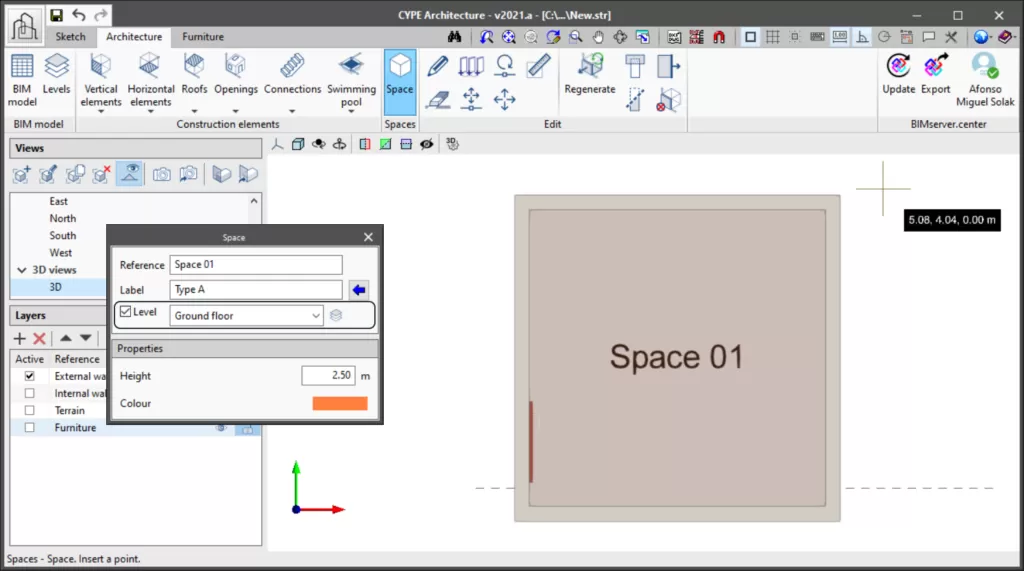
Have assigned labels
Labels allow us to group spaces according to a specific type. In order to correctly read the model, the spaces must have an assigned label.
Important: All elements inserted in the ´Architecture´ tab must have an associated level and a label assigned to them. Remember to tick the box when you enter them!

Additionally, the rest of the architectural elements (facades, partitions, slabs, etc.) must also be associated to a certain level, not only so that they can be interpreted by thermal and acoustic analysis programs but also by the rest of the programs available on BIMserver.center.
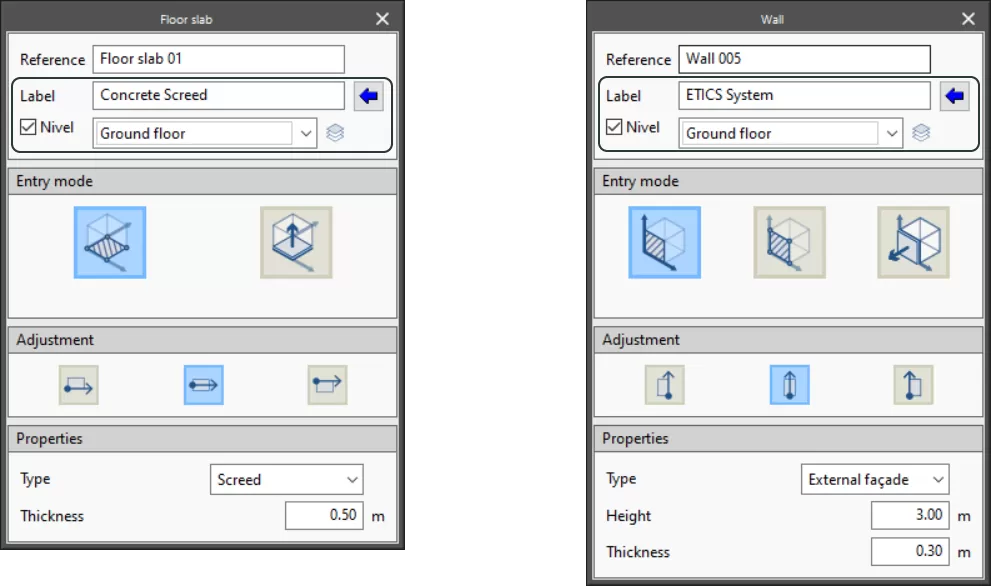
Additionally, if it is a closed space or inside a building, in the "Properties" of the space in the lower part of the definition panel, it is important to mark it as "Indoor" so that the analytical model is generated correctly.
Export to BIMserver.center
If all of the previous points have been confirmed, all that is left to do is export the project to the BIMserver.center platform, open the Open BIM Analytical Model program and link the job to the recently exported project! With just a simple click of a button, Open BIM Analytical Model will generate the analytical model that can be sent to CYPETHERM or AcouBAT by CYPE.
Read more: Open BIM Analytical Model: the role of this tool in acoustic and energy simulations
